There’s an old cliche that says everyone talks about the weather but no one ever does anything about it. Here in Valdez, many people feel the same is true of our perennial housing shortage. It’s a problem. It’s difficult to attract new business when you can’t offer people coming in from outside a place to live. It’s difficult for existing businesses to find employees from outside Valdez for the same reason. People here are sometimes put in the position of having to give up pets who are their family members or leave town because they can’t find a rental that will take them. They quit jobs they love to move elsewhere because they can’t find a place to live. Rents are high and so is the cost of building. So there are lots of people living in mobile homes that are ancient, in questionable repair and no longer mobile even if there’s a place to put them. Aleutian Village residents are dealing with that problem now, but not the only ones who ever have or will.
The City of Valdez has put a lot of time, money and work into finding ways to help solve this problem as a service to Valdez citizens and businesses. But the City is not responsible for finding people a place to live. Land and building owners aren’t either. It’s everyone’s problem, but whose job is it?
One local man has been mulling the problem over for a long time and little by little he came to the conclusion that if he wanted something done, he’d have to do it himself. Fortunately for the citizens of Valdez, he’s the right man for the job. Harold Blehm is a former Valdez Fire Chief. He knows the codes . He knows the condition of many of the homes in town. He knows what it takes to make a safe, legal, practical place for people to live in Valdez Alaska. He also sits on the board of three local non-profits and several advisory committees as well as the City Planning and Zoning Commission. Harold Blehm knows a lot of things and a lot of people. He has a plan and he’s acting on it. Below are charts of housing statistics he uses to illustrate his points to the people he approaches about various parts of his plan.



This is the cover letter that’s going on his correspondence with various and sundry people in his search for information, quotes, assistance.
To anyone who will listen,
The state of Alaska has a chronic shortage of affordable housing. Ours is a slow Katrina. People live in 40 year old trailers, with mold in the walls, little insulation, and absurd single pane aluminum windows, because there are no alternatives. In my small community, when one of these trailers burns down, or succumbs to snow load, the survivors sometimes are forced to leave town. There is no housing available. We have no alternatives. I have been whining for years about the lack of opportunities for elders and young families while our population shrinks. Time’s up!
I am seeking a design for a 400 sq. ft. mobile structure (think park model mobile home) designed to national building codes for modular structures (see below), that we can produce locally, in a facility on 5 acres of land, zoned industrial, that I own outright, and have dedicated to development of affordable housing. These structures are designated as Mobile Home Replacement Units (MHRUs). Cost is of the utmost importance. Our per sq. ft. construction costs are in the vicinity of $166.68. Since my community is 300 miles from Anchorage our costs are considerably higher. The goal is to produce safe, warm units in the 40K range, with subsidies. I have contacted manufacturers in the 48’s and they are only interested in us at a premium; affordability is off the table. To the best of my knowledge, there is only one mobile home dealer in the state, and their prices are exclusive.
I am a Planning & Zoning commissioner for the City of Valdez, Alaska. Our community has taken strides in creating ordinances to welcome alternatives, such as tiny homes, container homes, and movable structures on a wooden frame. We, the City, are purchasing a dilapidated mobile home park, currently littered with irreplaceable, cherished junk mobile homes. After we upgrade the utilities, individual lots are projected to be in the 8 to10K price range. The plan is to replace all deficient units with MHRUs. The MHRUs are intended be available statewide during phase 4 of the project.
I have taken it upon myself to reach out to you, and at this point, I am not representing the city. If this plan works for Valdez, I guarantee you that the State of Alaska will take note. There is a huge market. A glance at the State of Alaska 2010 Census Data tells the tale:
http://live.laborstats.alaska.gov/housing/graphicpdf/avgsinglefamilyhome.pdf
|
|
I am old enough to have caught “the scent of the loam”. I am growing impatient. I do not aspire to 501C3 status; too slow, top heavy and restrictive. This is to be a member/employee owned enterprise. I am not motivated by profit. I am compelled by necessity. Hopefully, our plight has captured your imagination.
What will it cost for your company to create a design and complete set of drawings for the above described MHRU? I appreciate any assistance you may offer in this regard. Referrals are also gratefully accepted.
Thank you,
Harold E Blehm
Blehm added a note to requests for quotes from manufacturers saying, “If we are unable to import the needed units, at a reasonable price, we will build them ourselves.” He says that until he did, he didn’t receive even one response. One manufacturer responded with plans, pictures and information for a 400 square foot home that can be doubled to 800 square feet and added to without voiding the warranty as long as the essential structure isn’t damaged. Because they are classified as RVs rather than mobile homes, these units can be moved without a permit and only one pilot car. They can also be insured.
The delivered cost of these units is $46,000, or 11% of the statewide average for a new, single-family home. A single unit has one bedroom suitable for a full size bed and a niche area with two built-in bunks, so can accommodate four people. Blehm pointed out that about $15,000 of that cost is shipping, so that they could be manufactured here for about 70% of the delivered cost. His goal is to eventually make this a local industry, housing first people in Valdez and then across the state. When the question of shipping the building materials came up, he said that he’d thought of that. The finished units are hollow, filled with empty space. Far more building materials can be shipped in the same amount of space. He has a plan that would not only reduce the price but provide funds to hire people to do the building. He’s also looking for alternate means of financing purchase for those who don’t qualify for a traditional loan.
Harold Blehm is contacting everyone he can think of with an interest in the issue of housing, human rights and safety, the economy in Valdez and the state of Alaska, explaining, discussing and passing out the fruits of his research. On the top of each packet is the graphic below, Maslow’s Hierarchy of Need. Because he says that people need to remember that this is where we always need to start in any effort to help each other and thus ourselves.

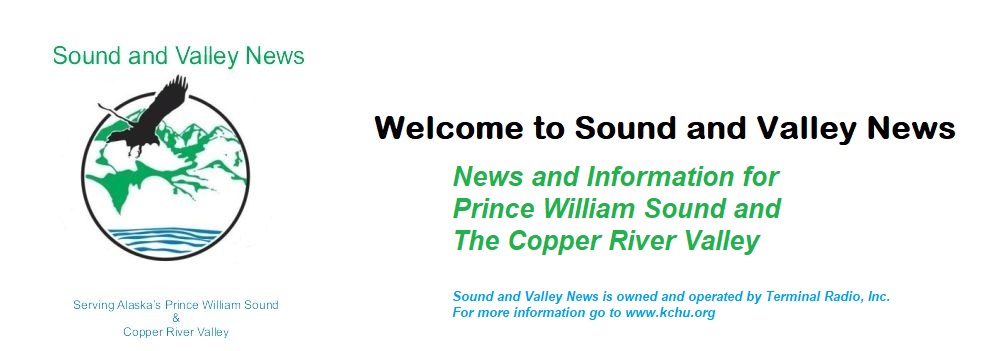
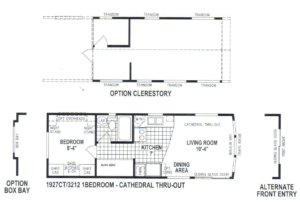
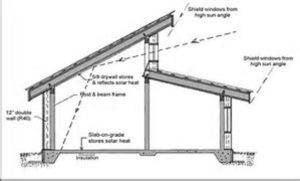
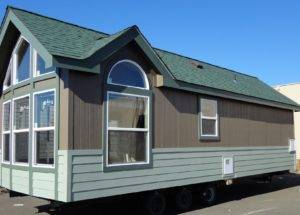
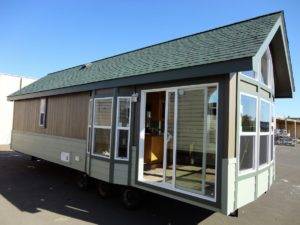
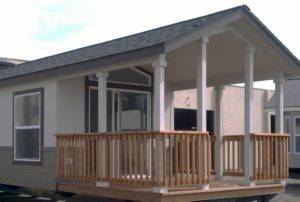
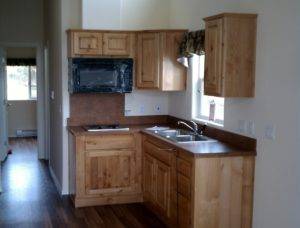
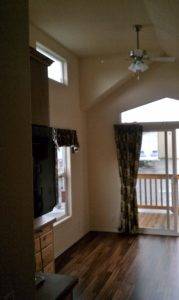
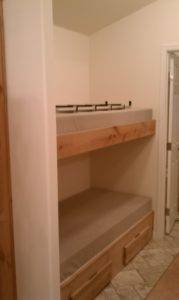

Pingback: New Project to Provide Housing in Valdez – Valdez Community Resource Page